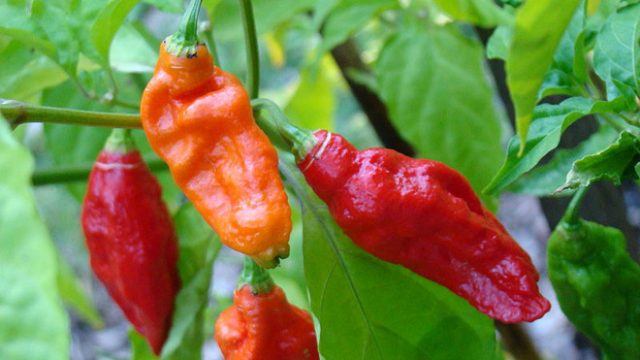It was a tasty newsbyte years ago: “Tezpur chilli hottest in the world.” According to reports, four Indian scientists had found a Northeastern chilli rated at 855,000 Scoville units—a forest fire of piquancy compared to the feeble flame of the next contender, the Mexican Red Savina Habanero. For a nation poised on the verge of economic lift off but still hungry for global recognition, it seemed like the redressal of a historical wrong.
It was the colonial invasion of South American Capsicum frutescens that upstaged our indigenous black pepper or Piper nigrum as the hottest commodity on the planet. We welcomed it graciously, of course, and even pretended it was a relation of our kaali mirch. In time we became the world’s largest producers (and consumers) of the chilli. And now, at last, Indian nature (and 500 years of nurture) had won out. A local cultivar, Capsicum frutesens cv Nagahari aka ‘Bhoot Jolokia’ and ‘Tezpur chilli’, had restored our historic title as the hottest real estate around. The research was published in the journal Current Science with many diagrams showing the Tezpur chilli’s capsaicin readings going off the charts.
Then the alarm bells started to go off as well. Sceptical chilliologists insinuated that the Indian research was flawed, that our instruments were poorly calibrated. They deplored the “constant nationalistic tone” of our scientists who it turns out were working for Defence Research Laboratories. Worst of all they whispered that we had once again cherished a culinary cuckoo. The Tezpur chilli, it seems, may be just another variant of the Capsicum chinense. What don’t they make in China these days?




